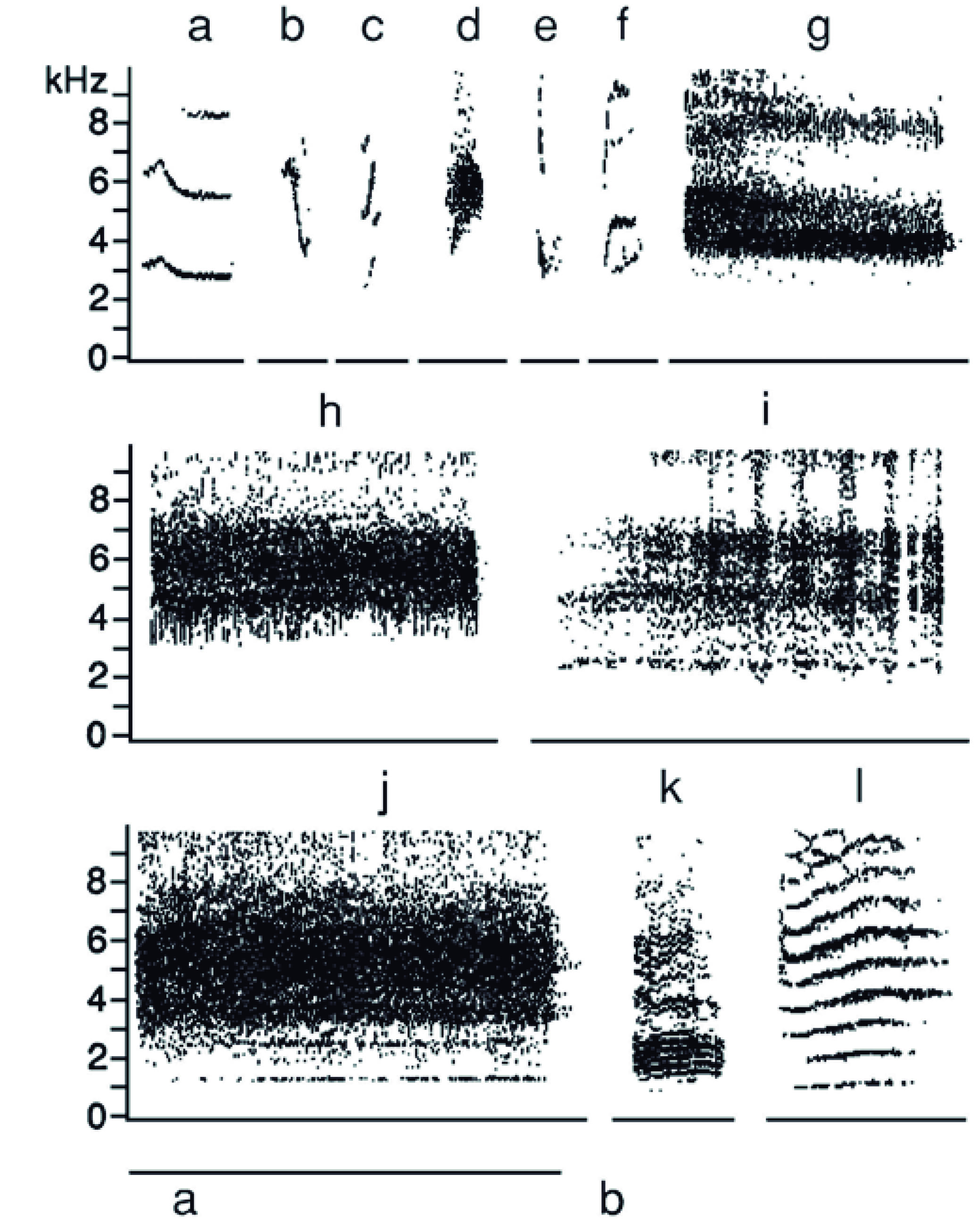Convergent characteristics of begging vocalisations in Australian birds
DOI:
https://doi.org/10.35699/2675-5327.2003.21831Keywords:
begging calls, convergent structure, passerines and parrotsAbstract
The acoustic structure and sound pressure level (i.e. loudness) of begging calls from nestlings and fledglings were examined for 12 species of Australian passerines and three species of parrots. There was a great deal of variation in the acoustic structure of the begging calls between species. Some calls were quite short in duration (0.06-0.1 s) while others were very long (0.98-1.51 s). However, most begging calls were loud and covered a wide range of frequencies consisting of noisy and/or harmonic components. These acoustic characteristics, which were observed in all species, presumably allow for efficient detection and location of the calling bird by parents, as well as signalling the birds’ nutritional requirements. The potential negative consequences of producing these vocalisations are an increased risk of detection by predators and a high metabolic cost. The findings of this study suggest that the potential risks associated with begging in Australian birds are offset by the benefits gained from producing loud, wide band vocalisations that can be easily detected and located by parents.
Downloads

Downloads
Published
How to Cite
Issue
Section
License

This work is licensed under a Creative Commons Attribution-NonCommercial 4.0 International License.
